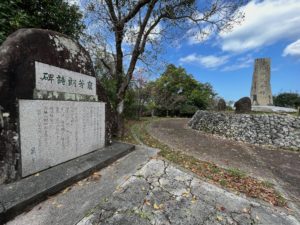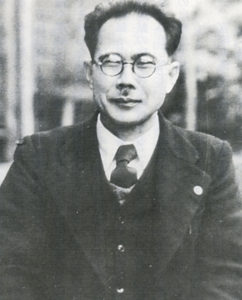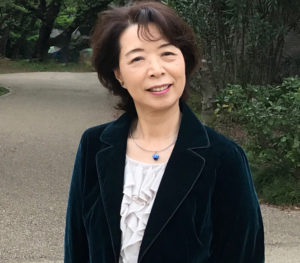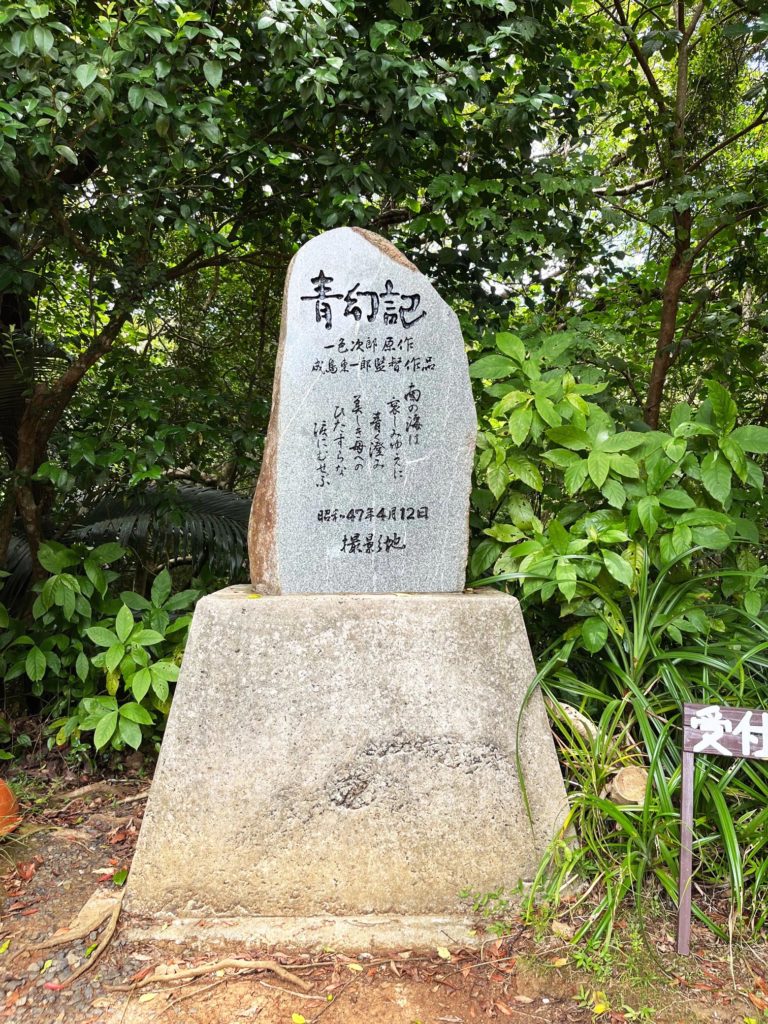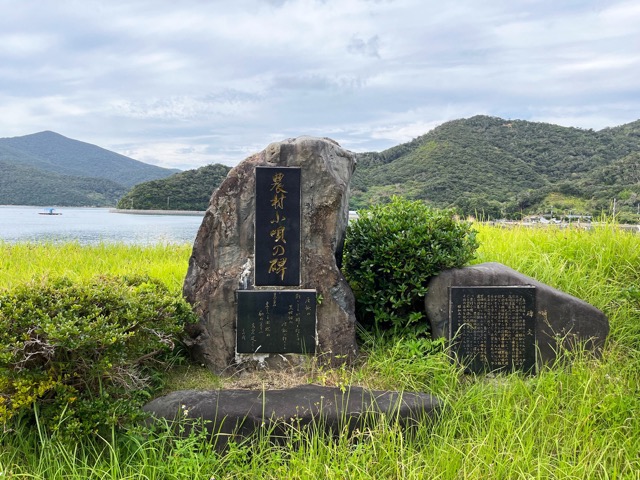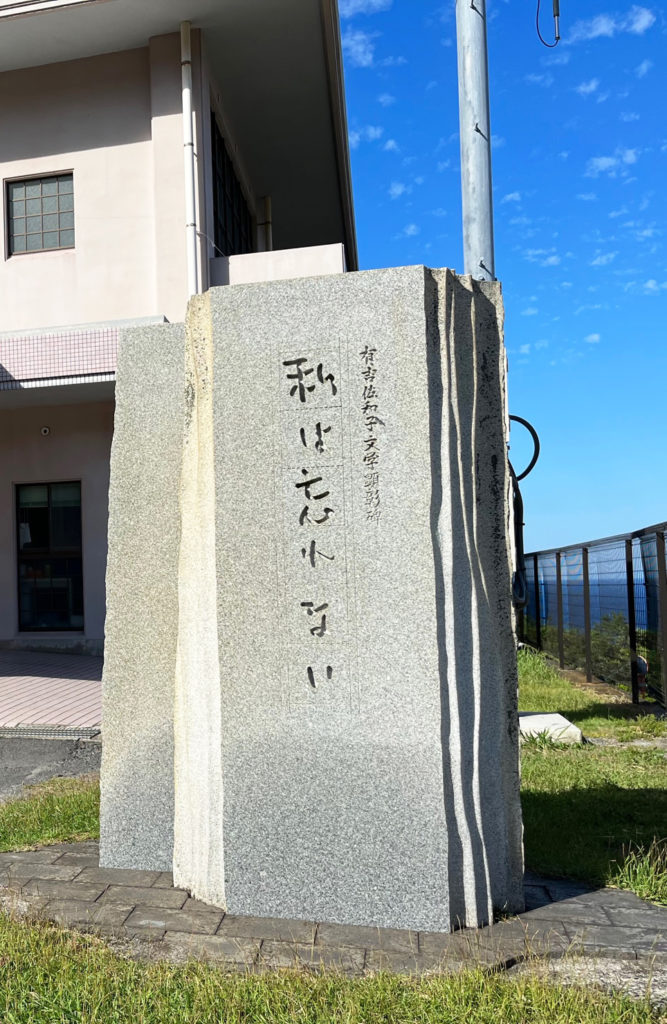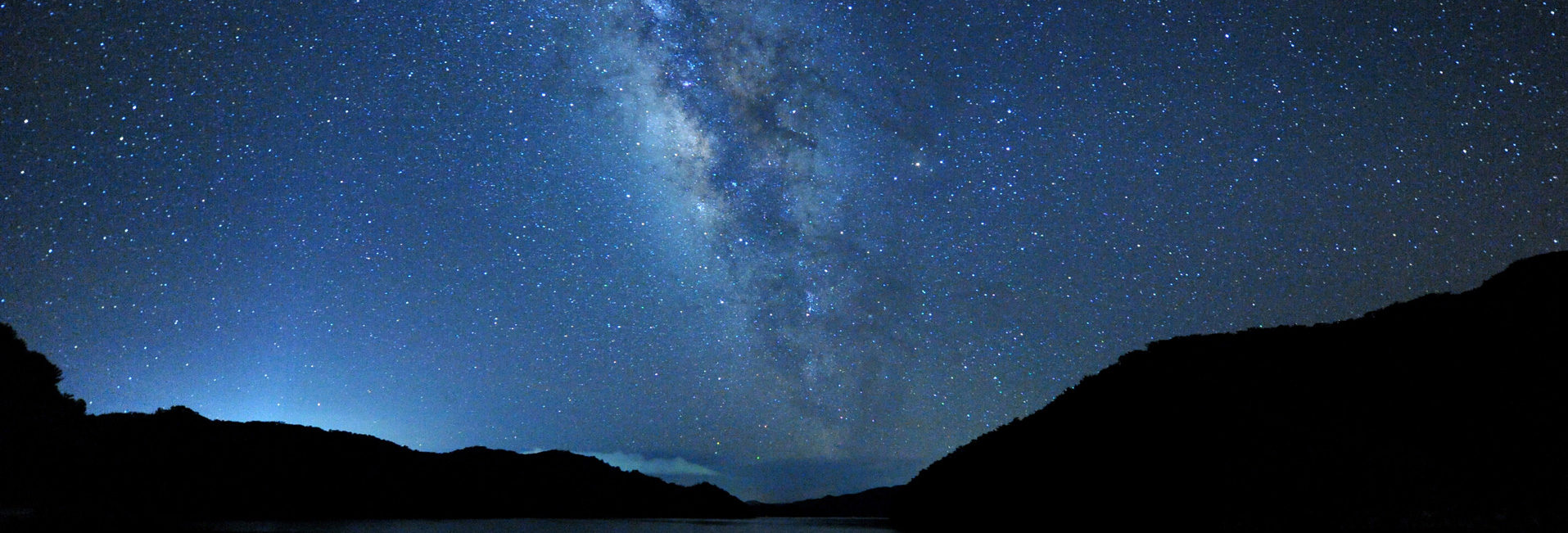
Column
Izumi Horo
Words From the Soul Praying for Amami Reversion
Izumi Horo was a poet and also a leader of the Japanese reversion movement. The following is from a monument engraved with a poem that has been erected in Ogamiyama Park, overlooking Amami City.
Watashi ha tadaikkaisoshin no mumeishijin
-omission-
Yoshiyakotsunikukokonikarehatsurutomo
Hachigatsu no taiyo ha
Sun toshiteimatenjoniaru
satorebahiji wo mage atama wo tarete
funzengotai no inori wo komeyo
sokokukishin
gozoroppu no ya wo hanato
I am just a skinny unknown poet.
Even if my flesh and bones wither away
The August sun
Now shines brilliantly above in the heavens,
Thus, I bend my knees and bow my head.
Let’s pray with our whole bodies and
Shoot arrows from our guts
For to our homesick motherland.
(Excerpt from the poem “Danjikihigan (Fasting Prayer)” August, 1951)
In 1905, Horo was born in Isen village on Tokunoshima Island. After he graduated from a teachers’ training school in Kagoshima, he started on his path to be a teacher. After realizing his love for making poems, he became close with famous poet Shiratori Shogo’s Minshuha group and published three collections of poetry while keeping his teaching work. He founded a poetry magazine and often had mutual exchanges with artists such as Kotaro Takamura, Koji Uno, Hideo Oguma.
Horo returned home because of poor health in 1939, however, he had become a school president. Japan had lost the war in 1940 and Amami came under control of the American government. The area south of 30° north latitude, including Amami, was cut off from the mainland, leaving Amami in extremely poverty. Horo restarted his lectures performances, and writing activities in order to rejuvenate the local culture. Afterwards, he founded the Amami Writers’ Association and took over as the president of “Freedom” the general-interest magazine company.
The hope for a reversion of Amami from U.S. occupation was surging throughout the islands and, in 1951, the Amamians called for Horo to become the chairman of the Amami Oshima Reversion Council. Horo undertook the role by saying, “I would have no regrets if I could dedicate myself to Amami Oshima, following in the footsteps of Gandhi, who was called Mahatma in Tagore. Let’s live and die together.” The story of the legendary Gandhi, who led India to independence in 1947, was also heard by the Amamian people. People had expected Horo to be “The Gandhi of Amami.”
Horo urgently led over 200 thousand people in the Amami archipelago to process a reinstatement signature campaign while fasting. The signatures gathered were from 99.8% of all islanders who were over 14 years old in Amami archipelago. Horo proceeded to fasting at Takachiho shrine in Naze for five days and other islanders followed his movement. Horo read this poem in front of all the people in the early morning of the last day of fasting. The poem is now engraved on the monument at the same location.
Without missing a step, Horo and islanders carried out general rallies with a 100 thousand people, telegram strategies, petitions to the diet, and other activities without any hesitation, in spite of repression from the U.S. Armed forces. With the cooperation of 400 thousand people, inside and outside, the movement to restore Amami had spread like wildfire.
In the eighth year of the movement, on December 25th, 1953, the Amami archipelago was returned to Japan from under the rule of the U.S. government. It was a victory for the Amami people, who came together as one with the soulful words of the poet who loved his hometown.
2023 marks the 70th anniversary of Amami reinstatement. We should strongly readers to find a new appreciation for the strength of Horo’s poem.
About the poetry monument: It was built on April 9th, 1960, the first anniversary of Horo’s sudden death, due to acute pneumonia. A commemorative bust of Izumi Horo was also built near there in Naze, Amami.
Posted on Minami Nihon Shinbun ”Southern Kyushu Bungaku no Ishibumi(Monument of Literiture)” April 1st, 2023
References
*Izumi Horo Collection of Poems (Izumi Horo Poetry Anthology Publication Society, 1959)
*Sokoku he no Michi / The Road to the Motherland (Bunrikaku Publishing, 1984)
*Honoo no Kouseki/ the Wake of The Flames (Shiokaze Publishing, 1993)
*Shisei Diary City Magazine (Naze City, January 15th, 1989)
